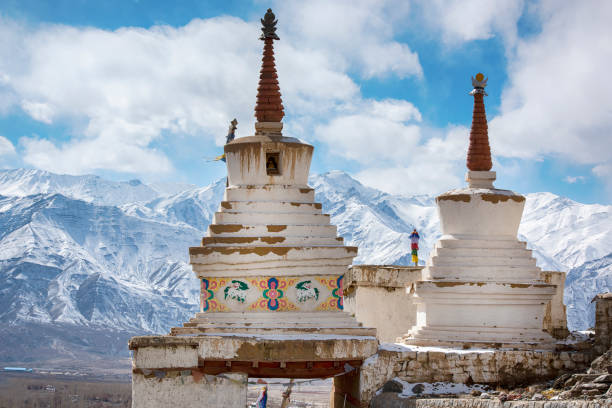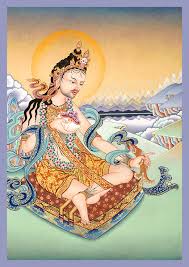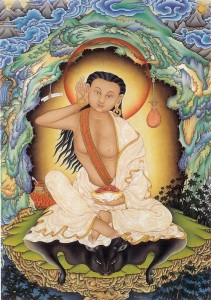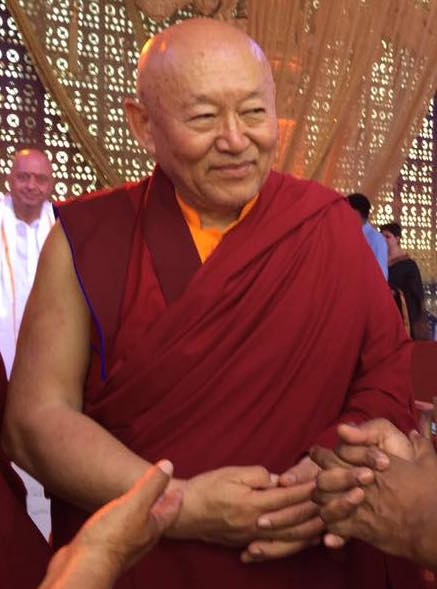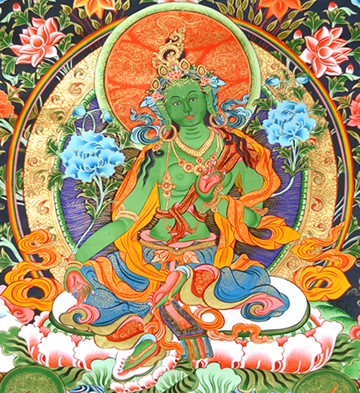
Green Tara
Brief Windhorse Practice of Tārā
by Patrul Rinpoche
བསླུ་མེད་མཆོག་གསུམ་སྤྱི་དང་རྗེ་བཙུན་མ། །
lumé chok sum chi dang jetsünma
Through the blessing and power of the unfailing Buddha, Dharma and Saṅgha, and of Jetsünma,
རྒྱལ་ཡུམ་འཕགས་མ་སྒྲོལ་མའི་བྱིན་མཐུ་ཡིས། །
gyalyum pakma drolmé jin tu yi
Mother of the buddhas, Noble Tārā,
བདག་གི་ཚེ་བསོད་དཔལ་འབྱོར་སྙན་གྲགས་རྣམས། །
dak gi tsé sö paljor nyendrak nam
May our lifespan, merit, prosperity and renown Continue reading
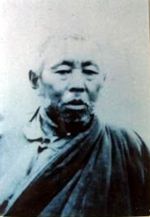
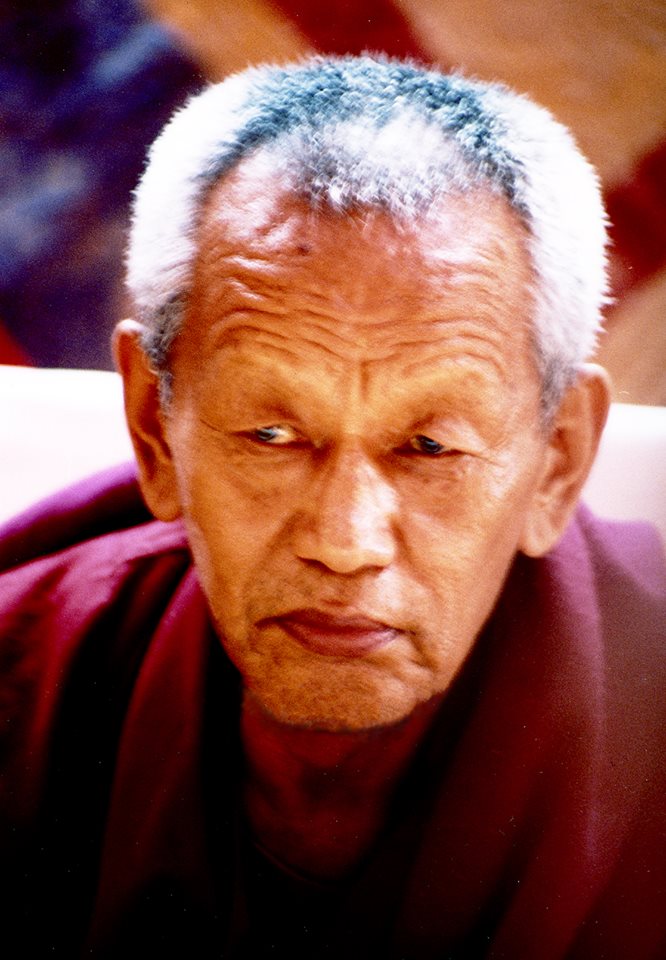
 Canto del Vajra
Canto del Vajra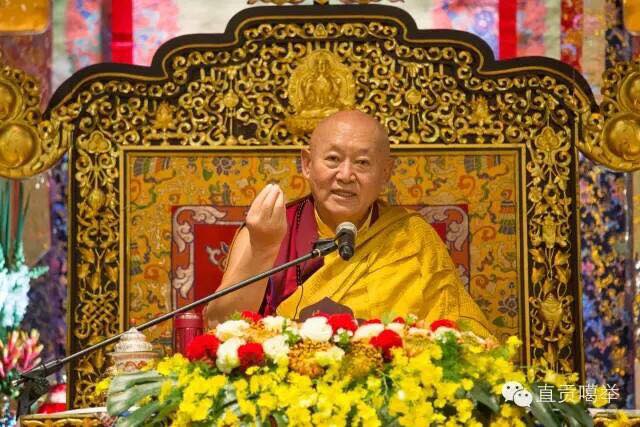
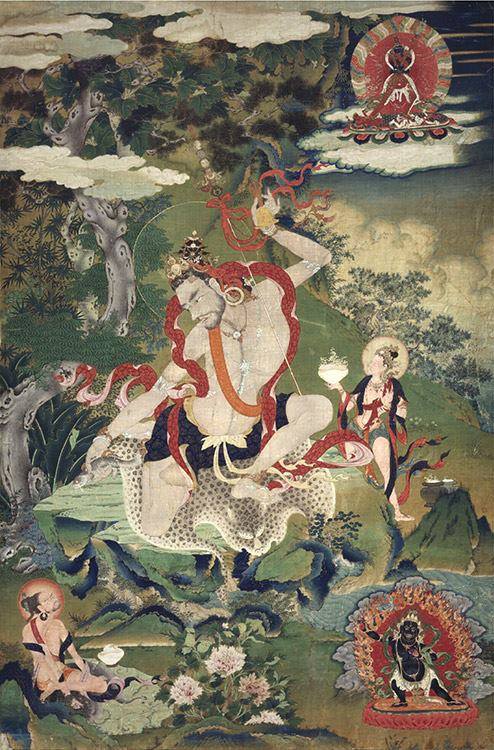
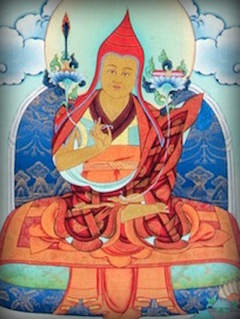
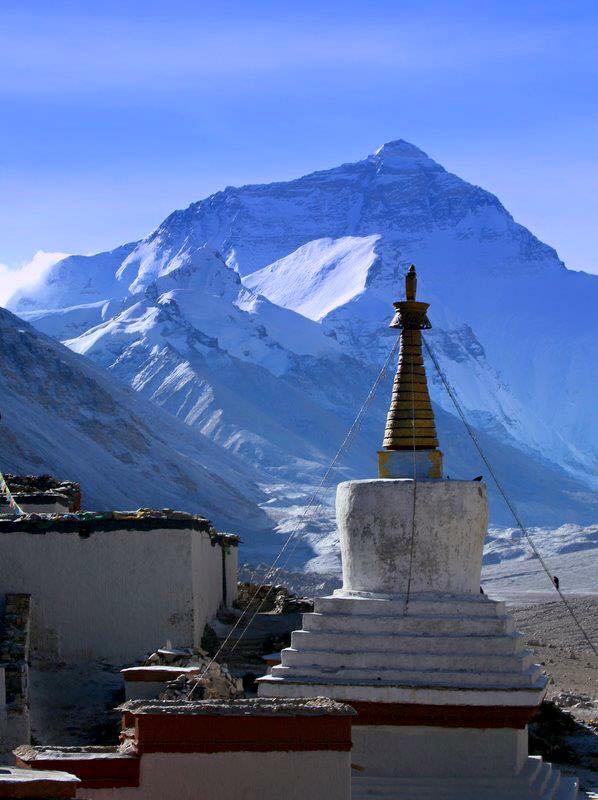 LE
LE 